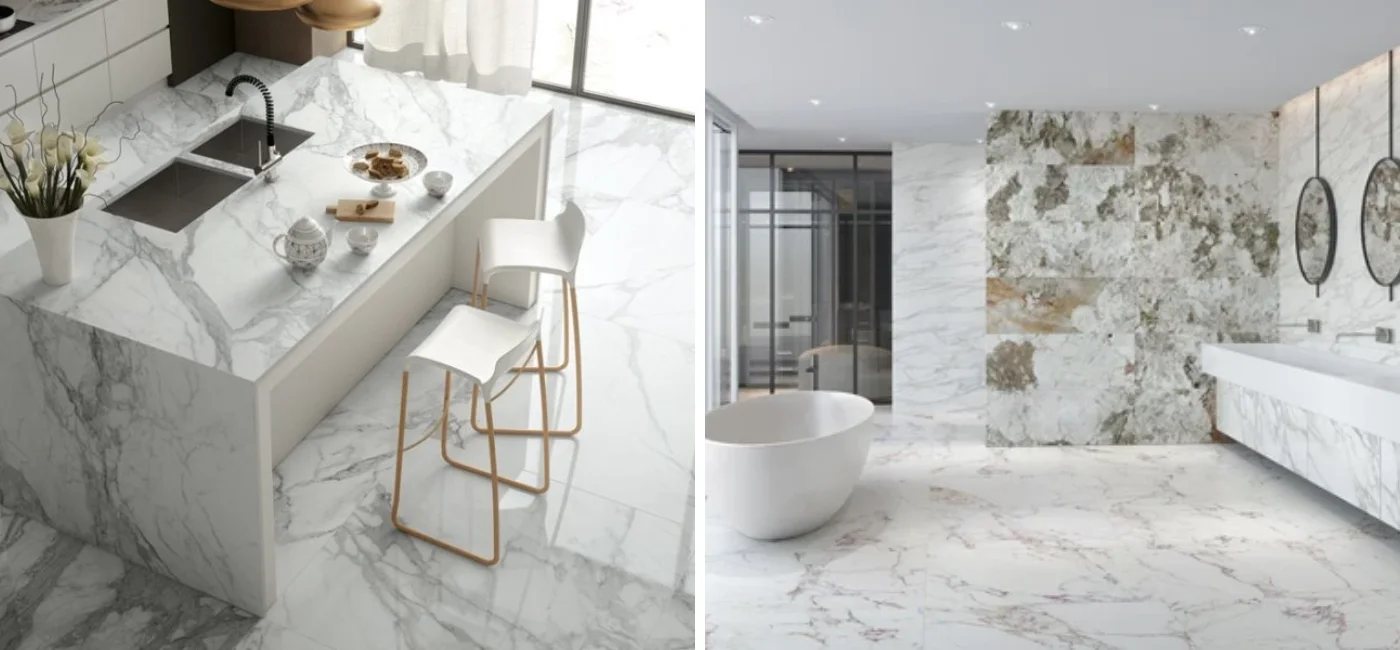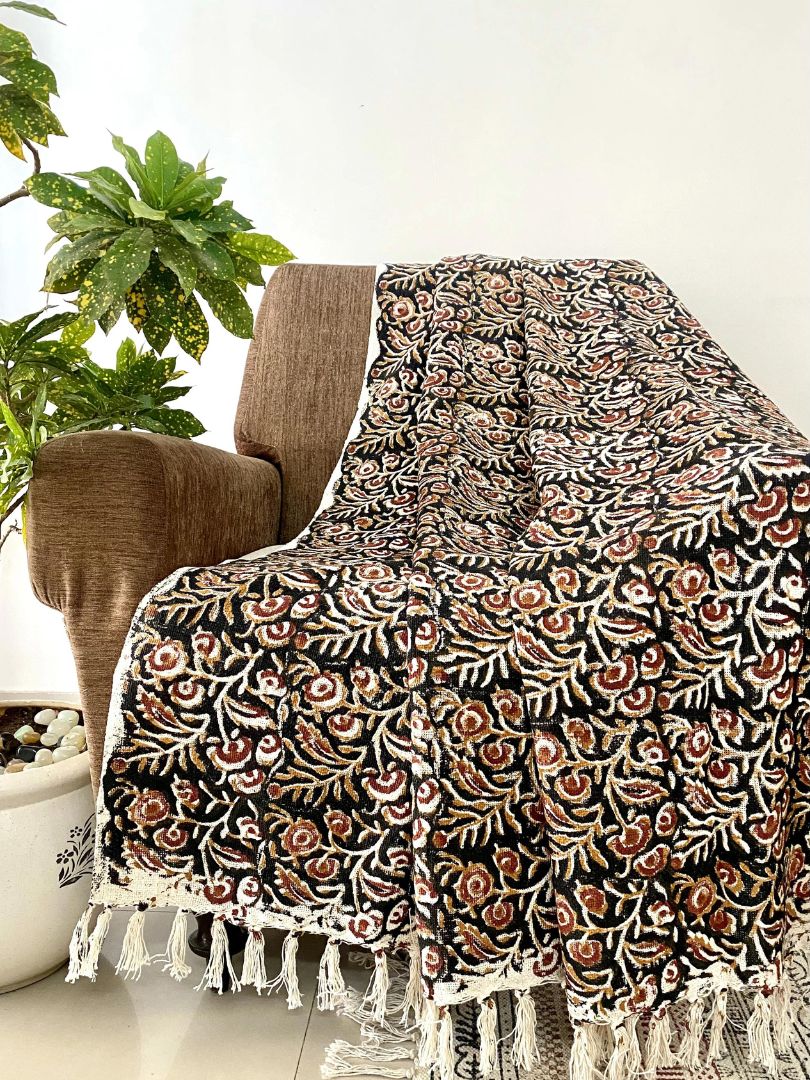Why Is Marble So Popular in Modern Architecture?

Marble has long been a preferred material for architecture due to its elegance, durability, and timeless appeal. Today, its popularity continues to thrive in modern buildings, blending classical beauty with contemporary design. In this article, we’ll explore why marble remains a top choice in modern architecture, especially in regions like Rajasthan and across India.
Timeless Beauty and Versatility
One of the primary reasons marble is so popular in modern architecture is its unparalleled aesthetic appeal. The stone has a unique natural beauty with a wide range of colors, patterns, and textures. This versatility allows architects to use it in various ways, from flooring to countertops, wall cladding, and even sculptures. Marble brings a touch of sophistication and luxury to any structure, whether in homes, commercial buildings, or public spaces.
Marble’s ability to complement both traditional and contemporary designs makes it a versatile choice. It can be used in minimalist, sleek designs as well as in elaborate, ornate interiors, making it suitable for a variety of architectural styles.
Durability and Strength
In addition to its beauty, marble is known for its exceptional durability. This stone is naturally resistant to wear and tear, making it ideal for high-traffic areas. The durability of marble also contributes to the longevity of the structures in which it is used. When sourced from reliable marble suppliers in India, architects can ensure that the marble will withstand the test of time, maintaining its pristine appearance for decades.
The material’s strong surface makes it a practical choice for a wide range of applications, from flooring to countertops and even exterior facades. Its ability to resist scratches, stains, and weathering makes it particularly popular in both residential and commercial architecture.
Connection to Cultural Heritage
Marble has deep cultural significance, particularly in India and Rajasthan, where it has been used in architectural masterpieces for centuries. From the iconic Taj Mahal to intricate temples and forts, marble plays a key role in preserving cultural heritage. The stone’s association with grandeur and royalty makes it a symbol of tradition and heritage.
In modern architecture, marble continues to evoke this rich history while seamlessly integrating into contemporary designs. This connection to cultural heritage gives marble a sense of timelessness, making it a highly sought-after material for buildings aiming to blend the old with the new.
Availability and Accessibility
Marble is readily available in many regions, with Rajasthan being one of the leading areas for marble production. The state is home to numerous marble suppliers who provide high-quality stone that is widely used in both domestic and international projects. Rajasthan’s proximity to large marble quarries and its well-established industry make it an important source for marble in India.
The availability of a variety of marble types, including different colors and finishes, makes it easier for architects to source the perfect material for their projects. As a result, many architects and designers turn to marble suppliers in Rajasthan to meet their design needs.
Sustainability and Environmental Impact
As sustainability becomes increasingly important in modern architecture, marble’s natural properties make it a more eco-friendly option compared to synthetic alternatives. Marble is a natural material that requires less processing than artificial stones, reducing its environmental impact. When sourced responsibly, marble can be part of a sustainable building project.
Additionally, marble’s long-lasting nature means that it does not need to be replaced frequently, reducing waste and the need for constant maintenance. This contributes to the overall sustainability of structures built with marble.
The Role of Marble in Modern Architecture
Today, marble is used in a variety of ways in modern architecture. Whether it’s for creating stunning facades, luxurious interiors, or sculptural details, the material continues to be a symbol of opulence and sophistication. Architects and designers often choose marble to make a statement, whether in the form of grand entranceways, elegant staircases, or intricate wall designs.
With its timeless beauty, durability, and cultural significance, marble remains a top choice for modern buildings. The expertise of marble suppliers in India ensures that architects can access high-quality material that meets their design requirements.
In conclusion, marble’s popularity in modern architecture can be attributed to its versatility, durability, aesthetic appeal, and connection to cultural heritage. Whether used for contemporary structures or for preserving traditional designs, marble remains an enduring material that continues to define the architectural landscape.







